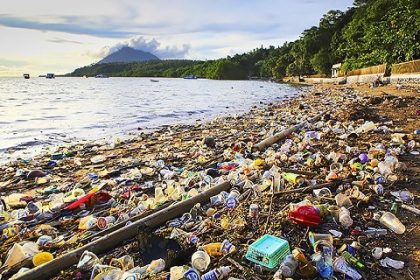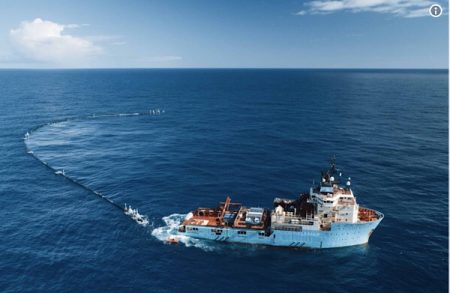 Plastics wastes are one of the current main concerns of the environmentalists and some other international bodies. At the top of these concerns, the pollution of the oceans are attracting higher attentions. In this regard many huge internationally active private companies have shown their respect to different projects in order to prevent further pollution and helping to the collection and cleanup the polluted area, mainly the oceans. One of the high profile elements of the industry’s new $1 billion Alliance to End Plastic Waste is the $100 million philanthropic investment firm Circulate Capital.
Plastics wastes are one of the current main concerns of the environmentalists and some other international bodies. At the top of these concerns, the pollution of the oceans are attracting higher attentions. In this regard many huge internationally active private companies have shown their respect to different projects in order to prevent further pollution and helping to the collection and cleanup the polluted area, mainly the oceans. One of the high profile elements of the industry’s new $1 billion Alliance to End Plastic Waste is the $100 million philanthropic investment firm Circulate Capital.
Circulate wants to pump that $100 million, which comes from large consumer product companies and Dow Chemical Co., into plastic recycling projects in developing economies in Asia, where the ocean pollution problem is most severe.
It’s a sizable amount of money, but Circulate’s top executive cautions it should be thought of more like a down payment toward what will ultimately be needed, rather than a solution.
“This challenge is really going to take billions and billions of dollars,” said CEO Rob Kaplan, during the mid-January launch of the alliance. “It’s more than a hundred million, it’s more than the billion that the alliance is announcing.”
The New York-based firm, which featured prominently in the unveiling of the alliance, plans to make its first two or three investments this year and deploy its full $100 million over the next five years.
It aims to focus that money in developing countries in Asia that lag in waste management systems. Studies estimate that more than half the plastic flowing into the oceans comes China and Southeast Asia.
Circulate says it can provide seed capital to demonstrate to larger investors that they can make money in the fragmented and sometimes opaque plastics recycling markets in Asia.
“We need large scale institutional investors,” he said. “This is the start of building those on ramps for those large scale institutional investors… that will be bringing together the capital for the future of infrastructure in southeast Asia.”













